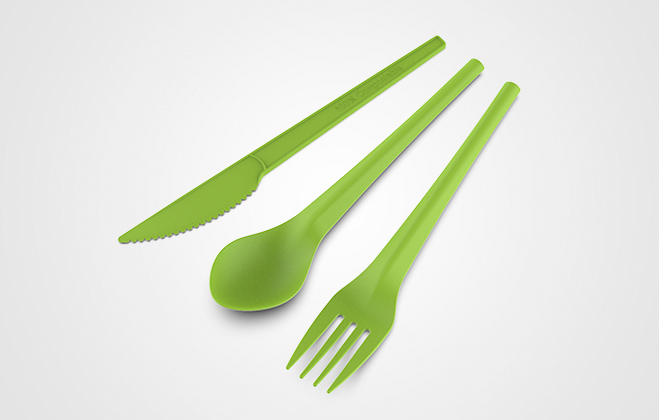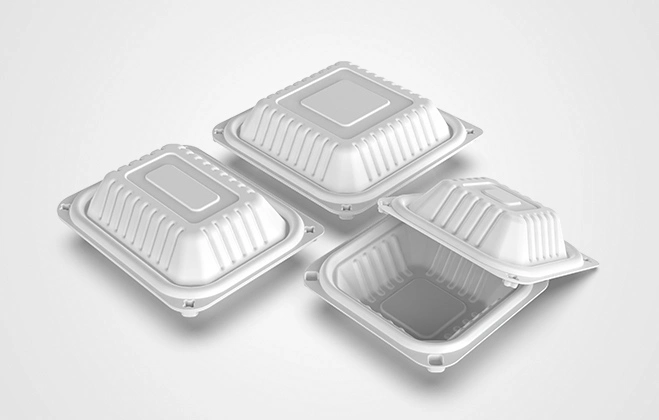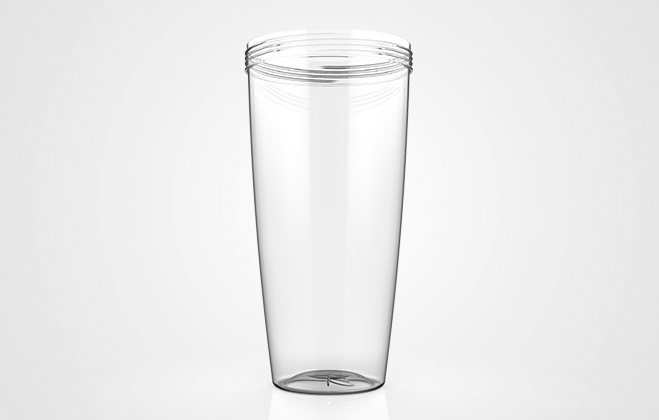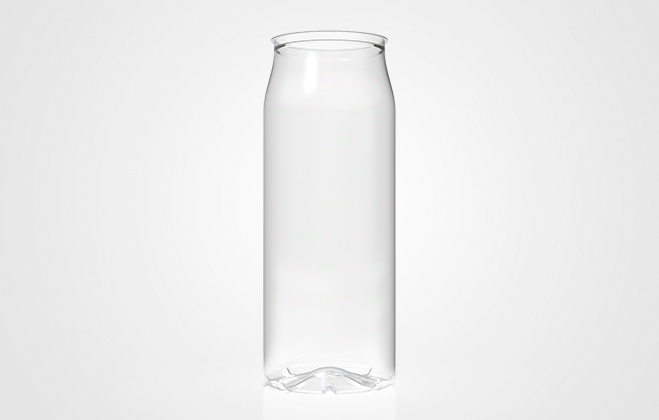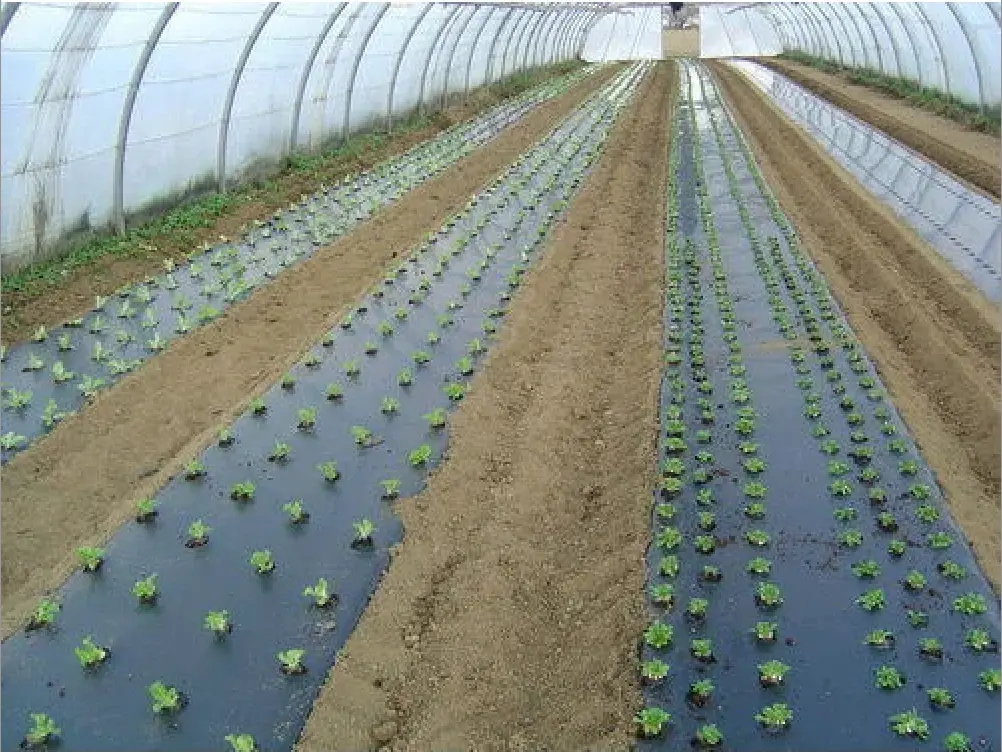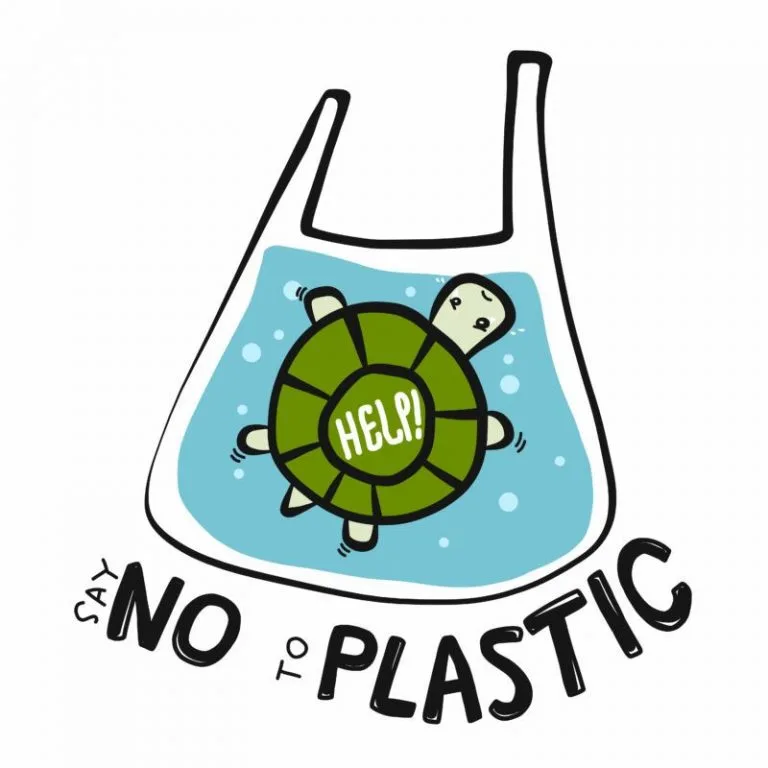White pollution has brought about the more serious problem of microplastic pollution, which will have a serious impact on the ecological environment and living organisms, including human beings. Therefore, countries around the world have attached great importance to the problem of microplastic pollution. As plastic straws gradually fade out of the catering stage, environmentally friendly straws have become a hotspot of concern. Various catering and milk tea stores are launching green PLA cornstarch straws one after another, gradually replacing the common plastic straws.
What Is PLA Cornstarch Straws?
Polylactic acid (PLA) is generally made from starch extracted from renewable plant resources (such as corn). Starch raw materials are saccharified to obtain industrial glucose, then made into high-purity lactic acid by fermentation of glucose and bacteria (lactobacillus, etc.), and then synthesized into PLA of a certain molecular weight by chemical synthesis. Since PLA can be naturally degraded into non-polluting water and carbon dioxide, it is considered that the straws made from PLA are biodegradable.
Principle of Production
The principle of PLA cornstarch straws is based on the plasticity and degradability of PLA material. During the production process, the PLA material is heated to a certain temperature and then extruded through a mold to form the familiar straw shape. This method is not only simple and efficient, but also ensures the quality and durability of the straws.
Degradation Process
The degradation process of PLA cornstarch straws is a complex biochemical reaction. In the natural environment, microorganisms attach themselves to the surface of the straws and begin to secrete enzymes. These enzymes disrupt the molecular structure of the PLA material, gradually breaking it down into smaller molecular fragments. Over time, these molecular fragments are further broken down by the microorganisms and eventually converted into water and carbon dioxide. The entire degradation process requires no human intervention and is environmentally friendly as it produces no harmful substances.
Advantages and Challenges
PLA cornstarch straws have significant advantages over traditional plastic straws. Firstly, it is biodegradable, which effectively reduces the environmental pollution caused by plastic waste. Secondly, PLA material is derived from renewable resources, which has good sustainability. However, PLA cornstarch straws also face some challenges. For example, its production cost is relatively high, and further improvements in production efficiency are needed to reduce costs. In addition, due to the special properties of PLA materials, their heat and oil resistance are relatively poor, which needs to be paid attention to during the use process.
In conclusion, PLA cornstarch straws have good biodegradable properties and do not pollute the environment. It has good thermal stability and solvent resistance. The gloss, transparency, and feel of PLA products can replace petroleum-based products, the product's physical and chemical indicators are able to meet the requirements of food safety regulations around. PLA has a wide range of applications and can basically meet the needs of most beverages on the market today.
 English
English 日本語
日本語 한국어
한국어 français
français Deutsch
Deutsch Español
Español русский
русский português
português العربية
العربية ไทย
ไทย Malay
Malay













